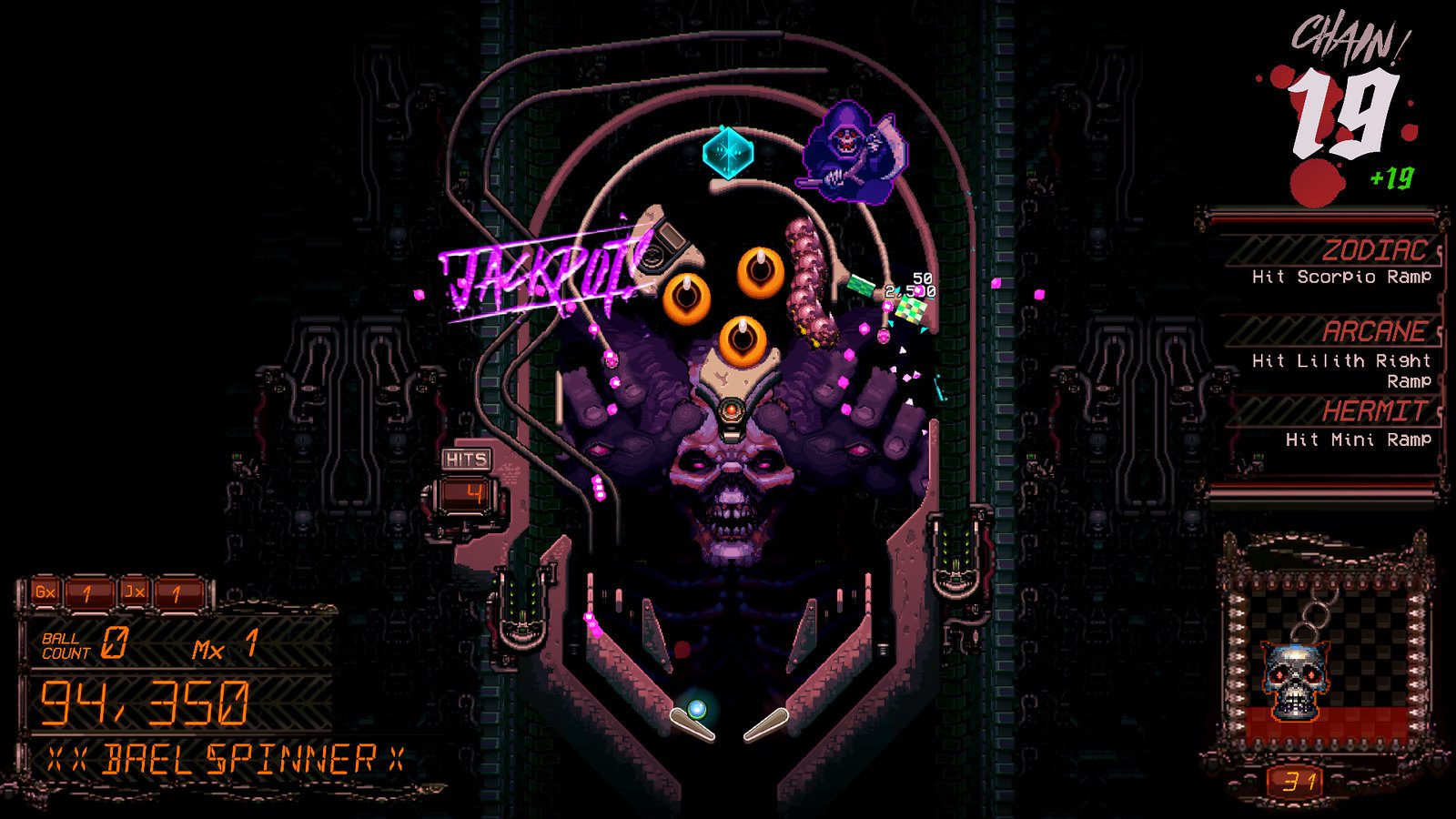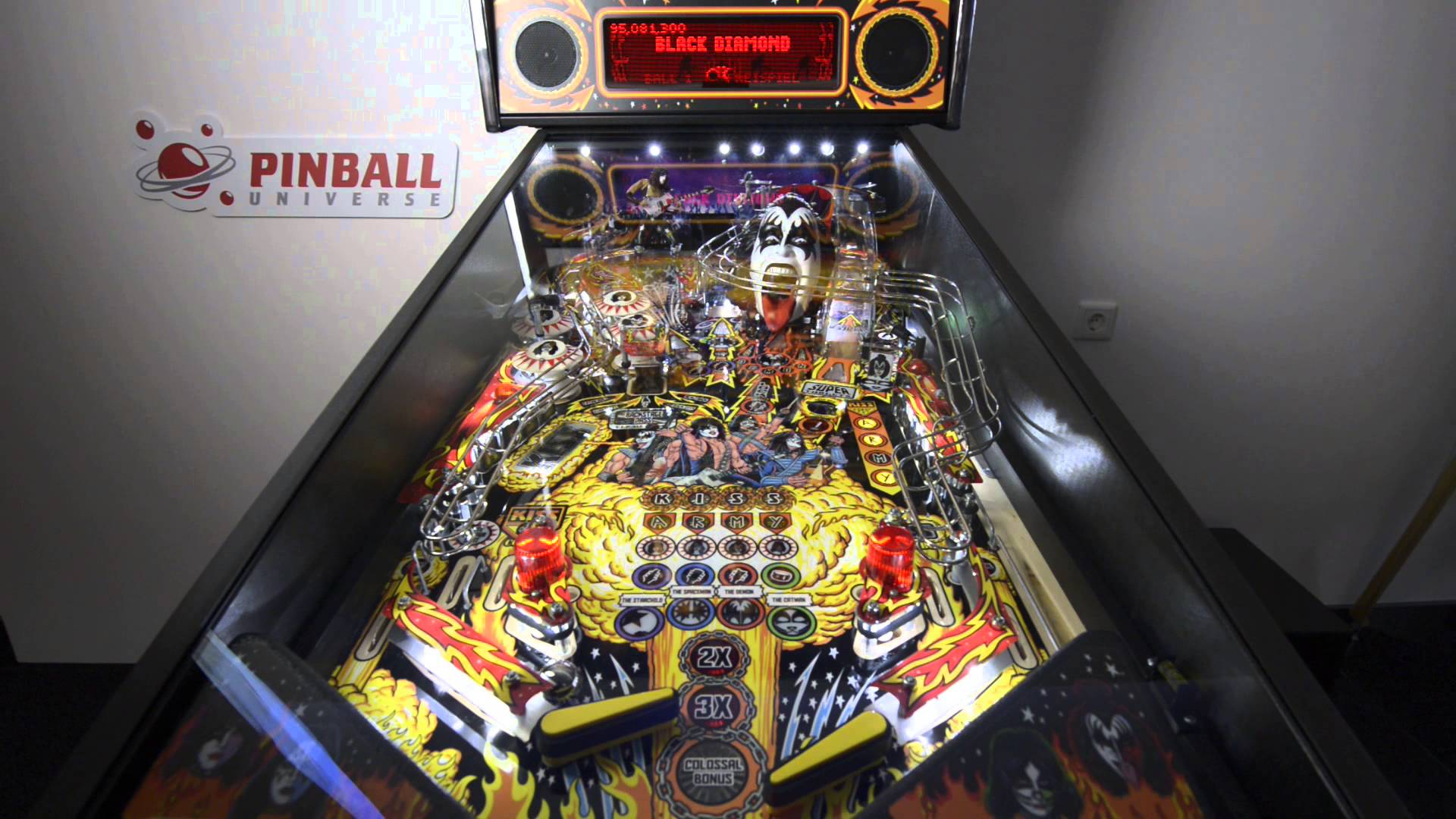Schlagwort: pinball
-

Demon’s Tilt sorgt für rasante Pinball-Action auf PS4
Reading Time: 3 minutesAls mir Adam Ferrando, Künstler und kreatives Genie hinter Demon’s Tilt, den ersten Prototyp seines Spiels zeigte, wusste ich genau, was mich erwarten würde. Als Jugendlicher empfand ich Pinball immer als etwas veraltet im Vergleich zu den Arcade-Videospielen der frühen 80er. Mein Onkel hat es gespielt – also war es was für alte…
-

Ben’s Raspberry Pi Twilight Zone pinball hack
Reading Time: 4 minutesWhen Ben North was faced with the dilemma of his nine-year-old son wanting him to watch his pinball games while, at the same time, Ben should be doing housework, he came up with a brilliant hack. Ben decided to investigate the inner workings of his twenty-year-old Twilight Zone pinball machine to convert…
-



